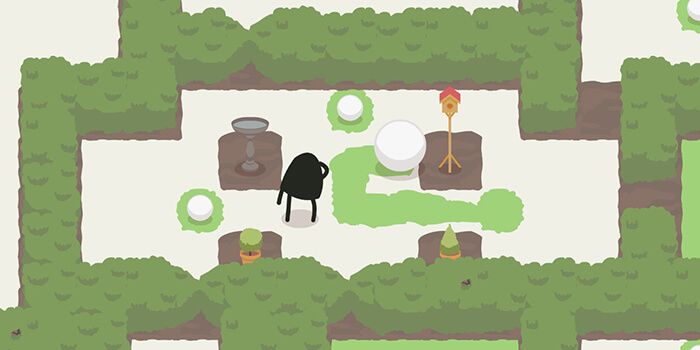As large game companies struggle to implement new models like free-to-play, many independent developers are taking the plunge into new and revolutionary payment systems. Thanks to services like Steam Greenlight and itch.io, indie devs can release their games to wider audiences. But traditional payment models may not be enough for some indie games.
Being independent allows developers to experiment not only with story and gameplay, but payment too. New models like "Pay By Art," "Pay What You Want," and other unique approaches can help developers from a marketing perspective, encouraging more people to check out a game they might otherwise never hear about.
Itch.io Keeps Devs in Control
Digital distribution has been a huge boon for indie developers, helping more people buy video games that don't fall into the traditional AAA sphere. Steam has been great for that, but now websites like itch.io are taking that a step further. Developers can upload their games for free and sell them at whatever price they want. By default, fees supporting itch.io are turned off—the website takes no profit from sales unless developers turn that option on.
This allows devs to sell games at incredibly low prices, and implement unique payment models, as itch.io will create download keys that developers can distribute in giveaways or for crowdfunding purposes.
This is a huge change for developers, who no longer have to rely on a publisher to get their work out there. The relationship between itch.io and devs is much friendlier because they support one another—devs use itch.io to host their games, and itch.io would have no reason to exist if it didn't host them.
'Pay What You Want' Keeps Prices Low
One of the biggest draws of itch.io is that it always uses the Pay What You Want system, which allows gamers to pay any price above the minimum for a game they want to buy. Popularized by Radiohead and Humble Bundle, the Pay What You Want model allows prices to stay low because people who can afford to pay more throw in a couple extra dollars with their purchase.
While a couple extra dollars may not seem substantial, itch.io claims that 30 percent of money spent on the website comes from these extra contributions. As more people buy these low-priced games and toss in an extra dollar or two, it equals gains for developers and itch.io alike without making gamers feel ripped off.
'Pay By Art' Encourages Creativity For Games
Because itch.io also allows developers to generate game keys, they can distribute the game in unusual ways. Colin Northway—creator of Deep Under the Sky—pioneered the Pay By Art system, allowing people to trade original artwork for a copy of the game. Now Eric Hornby, creator of Earthtongue, has adopted it for use in his own game.
What works about the pay-by-art model is that each art piece created serves as marketing for both the game and the artist. According to Hornby, the combination of Pay What You Want and Pay By Art means that, even when he trades a copy of the game for art, he sees a boost in sales—from people who are intrigued by the exposure and the game's unique payment system.
A Good Snowman is Hard to Build Bases Price on Temperature
But Hornby and Northway aren't the only people using unique payment systems. Alan Hazelden and Benjamin Davis, creators of A Good Snowman Is Hard to Build, have an entirely different approach—the price of their game is determined by the weather in London at teatime. If it's eight degrees Celsius in London, the game is a mere $8. If the temperature climbs, so does the price. Though this was just a temporary promotion through March 10th, the unique pricing structure drew a lot of attention for the game, garnering it a fair amount of press coverage.
Making the price dependent on the weather is taking a big leap of faith, but it has worked well for A Good Snowman Is Hard To Build's developers. Though the temperature might dip low and take the price with it, the model has gotten people talking, earning more sales for the game.
Implementing a revolutionary new payment model isn't something all developers want to do, and it's embracing an added risk on top of the others associated with indie development. Still, for those developers looking to set their game apart, offering an alternative to traditional models—even something as simple as Pay What You Want—can be great for appealing to new audiences or cementing a better relationship with current ones. People like rewarding creativity, and having a unique payment model is another way of ensuring customers will remember who you are.

